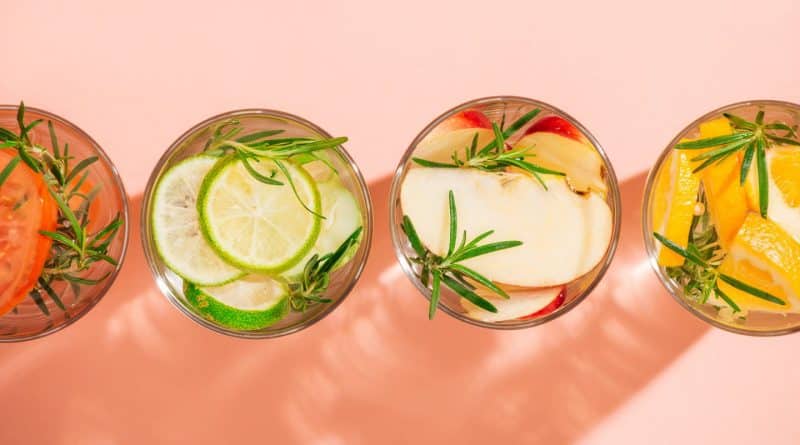Trademark International Class – Classes 32 & 33 – Light Beverages – Wines and Spirits
All goods or services are categorized within International Classes (IC hereafter). Goods run from classes IC 1-34, while Services are in IC 35-45. Let’s take a closer look at a group of these trademark classes – classes 32 & 33.
What are International Classes 32 & 33 All About?
These 2 classes represent the beverage classifications for trademarks. Class 32 is light beverages and has about 186 possible descriptions; class 33 is wines and spirits & has about 130 possible descriptions.
Almost any non-alcoholic beverage is in IC 32 except beer, which is in IC 32. This class includes water, juices, sodas as well as syrups and essences used in making non-alcoholic beverages.
IC 33 is going to be any type of liquor, wine, or spirit. Also included are syrups and essences used in making alcoholic beverages.
Geographical Indications for Wines & Spirits
Wines and spirits get a special little section of their own in the Trademark Manual of Examining Procedure and it’s all about location, location, location. When a geographic name is used as part of a name for wine or spirits, the USPTO has all kinds of things to say about that. Let’s break it down by what they say and what that means:
Geographical Indications Used on Wines and Spirits That Do Not Originate in the Named Place
“Geographical indications” are defined…as “indications which identify a good as originating in the territory of a Member, or a region or locality in that territory, where a given quality, reputation or another characteristic of the good is essentially attributable to its geographical origin.” … Obscure areas or those that do not have a reputation or other characteristics generally associated with wines or spirits should not be prohibited from registration.
Clear as a bell, eh? This means that USPTO will refuse a mark that contains a place name if (1) the place is known for that particular good (e.g. Champagne, France as cited in the refusal against Champagne from Spain AND (2) your goods do not originate from that place, as in the champagne example.
There is an exception and that’s for obscure areas or for areas that don’t necessarily have a reputation for wine or spirits, such as Tropical Liqueurs of Florida.
Geographical Indications Used on Wines and Spirits That Originate in the Named Place
This one’s a bit easier to understand. Here’s what the USPTO says:
“If the wines or spirits originate in the identified place, and the primary significance of the mark is a generally known geographic location, the examining attorney should presume the requisite goods/place association, and refuse the mark under §2(e)(2) as geographically descriptive, or require a disclaimer of the geographic term, as appropriate.”
This is talking about wines or spirits that do originate in a known geographic location and the above has a two-fold explanation.
First, if the ENTIRE mark is the name of the place, the USPTO will refuse it because it’s descriptive, as they did with Champagne. As you can see in this case, even an alternate spelling does not bypass the descriptive refusal.
Second, if a PORTION of the mark is the name of the place, the USTPO will require a disclaimer of that portion, as they did with Bialla Napa Valley.




